
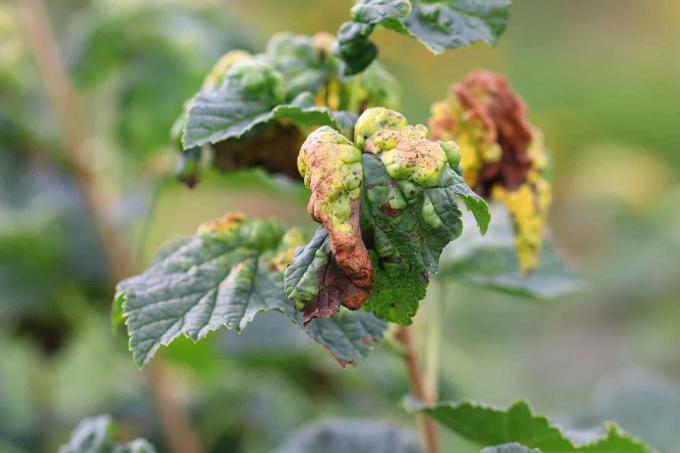
Table of contents
- American gooseberry powdery mildew
- leaf fall disease
- nettle leafiness
- Currant Bladder Louse
- red pustular disease
- column grate
- dieback
Diseases on the leaves are not uncommon in currants. They are triggered by fungi, viruses or various pests settle in. Many problems can be remedied with simple home remedies. Proper care also helps to prevent many diseases.
Currants are easy-care shrubs. Occasionally, various leaf diseases can cause problems. Some of them only cause unsightly foliage, while others have an impact on the development and yield of the shrubs.
American gooseberry powdery mildew
American gooseberry powdery mildew is the most common disease affecting plants. As the name suggests, it not only affects currants, but also other shrubs such as gooseberries.
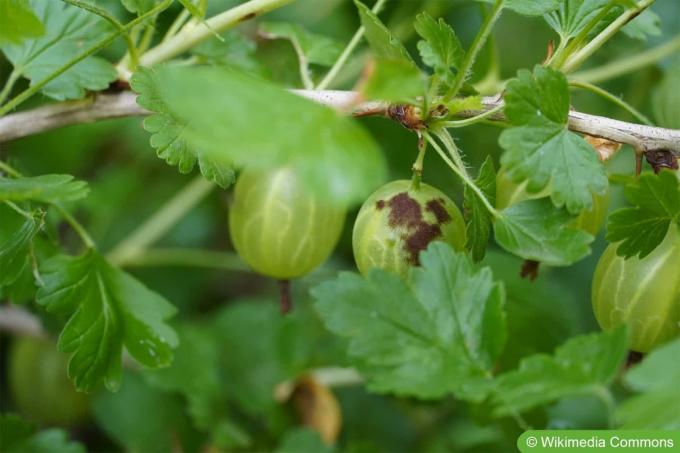
damage picture
- white floury coating
- Leaves begin to wither and fall off
- Shoot tips wither and die
- Fruits with an unpleasant mushroom-like taste
There is so far no pesticides, which would help against American gooseberry powdery mildew. If an infestation occurs, the shoots should be cut off immediately and disposed of in the residual waste become.
Conditionally helpful is spraying with diluted nettle manure or diluted raw milk. At a very early stage, the fungus can then be prevented from spreading widely, but infested areas should always be removed and the healthy-looking parts sprayed.
Prevent The disease can be prevented by regularly thinning out the bushes. Especially with red and white currants, do not do without an annual pruning to remove old wood. When it comes to blackcurrants, you prefer to use breeds that already have a certain resistance.
The following varieties of black currant are conditionally resistant:
- Cassissima Neva
- Cassissima Blackbells
- Cassissima Black Marble
- Cassissima Late Night
leaf fall disease
Leaf fall disease is a fungal disease caused by the fungus "Drepanopeziza ribis". The fungus mainly affects the genus "ribes".

damage picture
- brown spots on leaves
- Dots grow and connect
- Leaves turn yellow and dry up
- leaves fall off
- Leaves curl up
- Shoots turn brown and die
Leaf fall disease can progress so rapidly that the entire shrub loses its foliage within a few weeks and young shoots die off. Affected shoots must be removed immediately.
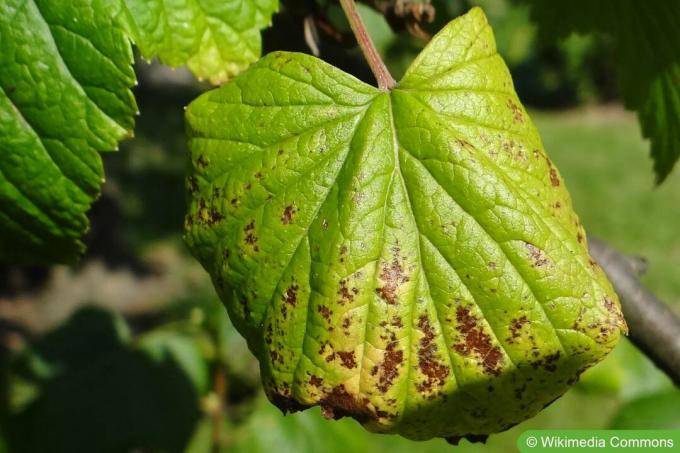
You can prevent leaf fall disease very well. A spring cut is ideal for this, because the fungi overwinter on the plants. This can already remove a large part of the fungi. In addition, the leaves around the shrubs should always be removed in autumn, as spores can also overwinter in them.
A notice:
Leaf fall disease is also known as leaf curl because the leaves begin to curl before they die.
nettle leafiness
The stinging nettle leaf is triggered by the so-called currant leaf gall midge (Dasineura tetensi). The mosquito is a carrier of a virus that causes this deformation of the leaves.
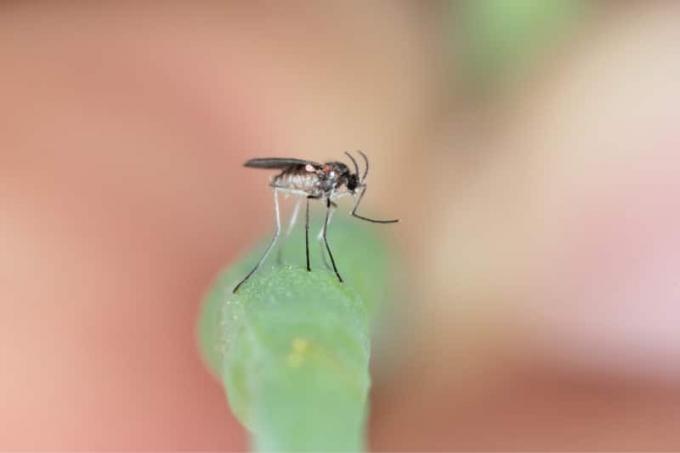
damage picture
- Discoloration on leaves and shoots
- weak flowering
- Flowering decreases from year to year
If you recognize an infestation, cut back the shoots. Then spray the affected plants with a decoction of tansy (Tanacetum vulgare). You can also mulch the currant area with crushed tansy to help.
To prevent an infestation, the currants should be cut regularly. Do not dispose of the prunings in the compost, but in the residual waste.
Currant Bladder Louse
The currant bladder aphid (Cryptomyzus ribis) first of all causes unsightly leaves, can also transmit various diseases through sucking and the associated damage to the leaf.
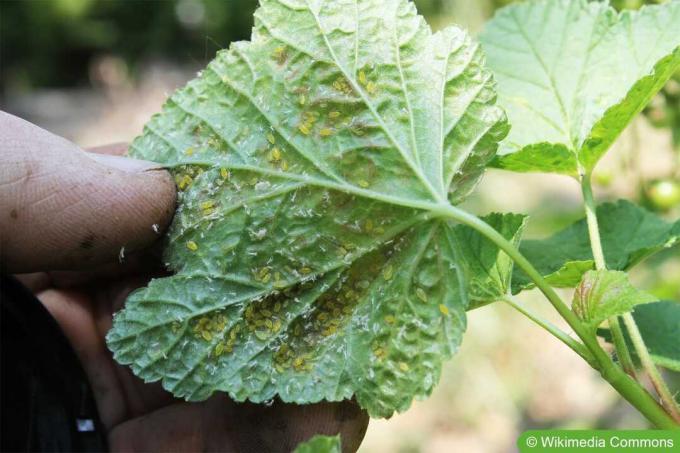
damage picture
- greenish or reddish bulges on the leaf
- Lice in the vaults
If the infestation is low, simply remove the affected leaves along with the lice and dispose of them in the residual waste. For a more severe infestation, you can spray the leaves with a mixture of raw milk, a few drops of canola oil, and water. The oily mixture clogs the lice's breathing holes and they die.
To prevent an infestation, avoid fertilizing that is too nitrogenous. It is sufficient if you work compost and horn meal into the soil once a year. Also encourage beneficial insects such as parasitic wasps, lacewings or hoverflies, which are natural enemies of lice.
red pustular disease
The red pustule disease is also a fungal disease that is triggered by the fungus "Nectria cinnabarina".
damage picture
- leaves wither
- leaves die off
- Shoots die
- reddish to orange spore pustules on the bark
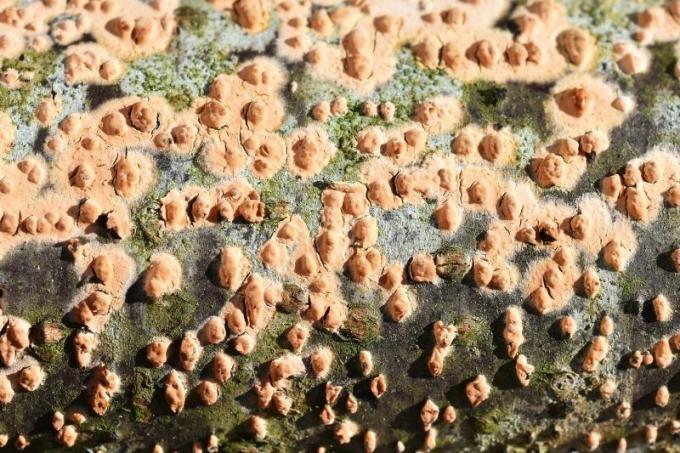
Like many other leaf diseases, the only way to slow the spread is to completely remove the damaged shoots. To prevent an infestation, you should thin out the currant bush regularly. This allows the air to circulate better and the leaves dry off. This makes it harder for fungal diseases to spread on the currant.
column grate
Column rust is a fungal disease that the fungus "Cronartium ribicola" triggers.
damage picture
- orange-red small pustules mainly on the underside of the leaf
- dying leaves and shoots
Column rust can hardly be combated. It survives the summer on fruit trees such as currants and switches to various conifers of the genus in winter "pinus". Only the felling of the conifers interrupts the cycle.

If you find infested leaves, remove them consistently and dispose of them in the residual waste.
dieback
Dieback affects not only young shoots, a clear damage can also be seen on the leaves. The cause is the fungi "Botrytis cinerea".
damage picture
- Shoots die immediately after foliage formation
- Shoots form only weakly
- Leaves do not turn green, but immediately turn yellow
- fruits fall off
The fungus can also infect other plants in the garden. Therefore, cut out the affected shoots. Also collect fallen leaves and dispose of them in the residual waste.
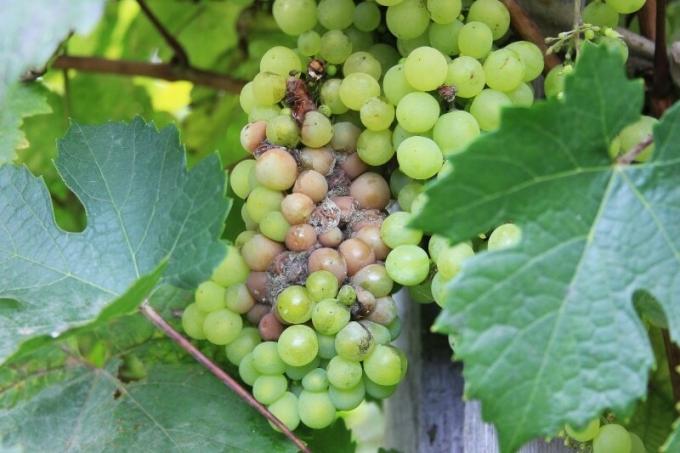
A notice:
Always choose a dry phase when pruning the currant. Moisture at the interfaces can promote the penetration of fungi and bacteria.
 Home editorial office
Home editorial office
Learn more about soft fruit

10 good neighbors of raspberries | mixed culture
Raspberries should grow healthily for several years and bring us a rich harvest every time. Choosing a good neighborhood helps to achieve this goal. But with whom does the berry plant like to share the bed and with whom not?

Honeyberry, Lonicera kamtschatica: 12 tips on location & care
In the local latitudes, the robust honeyberry can be cultivated and propagated well, as it does not make great demands on the site conditions and care measures. If you pay attention to certain factors when planting and cutting, you can already harvest sweet fruits in spring.

Cultivated blueberries: 4 important location criteria
The blueberry offers delicious fruits and is a visually appealing tree. However, the cultural form of the blueberry differs greatly from the demands on its location compared to its wild relatives. In the right location, cultivated blueberries can yield several kilos.
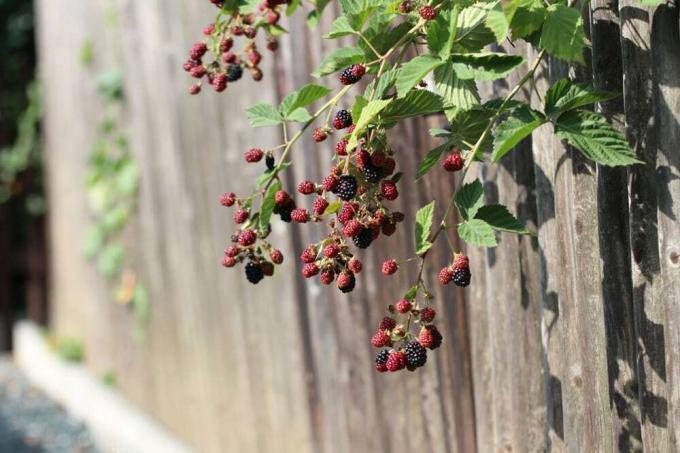
Blackberry location: 4 important criteria
Blackberries are a popular sweet fruit that is easy to care for. With a suitable location, plant health is guaranteed and the yield can be increased. The right location depends on the type of variety, because not every blackberry is insensitive to low temperatures.

Fighting lice on currants | 8 home remedies to get rid of aphids
When the first leaves appear on the currants in spring, there are often aphids on the bushes. The small insects are hidden under the leaves and can quickly cause a lot of damage. Therefore, lice should be combated at an early stage, ideally with natural home remedies.

Planting distance of strawberries, blackberries, raspberries & Co
Berries are the refreshing icing on the cake in the kitchen garden. With the right planting distance, you set the course for untroubled harvest pleasure in premium quality right from the planting stage. In this guide, you can read about the perfect planting distances in beds and balcony boxes for strawberries, blackberries, raspberries, etc.



